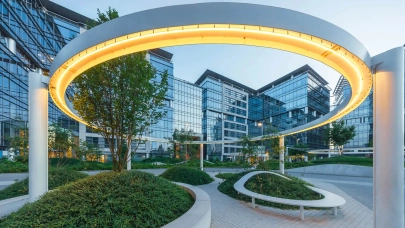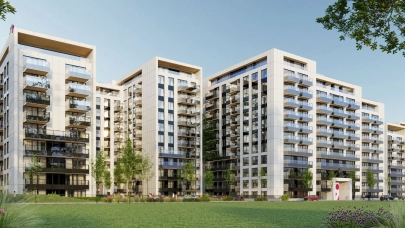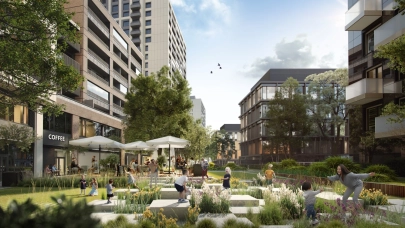
For a long time, the logistics and industrial market in Croatia has been overlooked by real estate developers, despite the country’s strategic geographical position, proximity to major European markets and developed, high-quality road network, as well as direct access to sea routes. Recent project completions and commencements, with a strong pipeline and the arrival of international developers, suggest that winds are changing, and Croatia could become a very attractive logistics market.
So far, Croatia has failed to take advantage of its seaports and well-developed road network, and while logistics and industrial markets were thriving in other CEE and SEE countries, the focus of real estate investors in Croatia was on other asset classes, primarily retail, residential and hotels.
For years, this was often attributed to several reasons, the most prominent being the slow and complicated bureaucracy, i.e. the infamous Croatian red tape, the lack of designated industrial and business zones for logistics, the noncooperative and sometimes corrupt local government, as well as a lack of incentives to attract developers in the form of tax breaks or a developed local infrastructure (e.g. access roads, adequate connections to water, sewage and power networks). This mostly revolted investors interested in logistics and for years reports by international real estate agencies started with the phrase “the industrial and logistics market is Croatia's least developed real estate market”.
Things started to change slowly even before the recent trends of nearshoring caused by disruptions in global supply chains. With growing demand for modern distribution and logistics centres closer to major European markets, developers recognized Croatia as a country with great potential, while numerous local governments across the country focused on making their business and industrial zones more attractive for new projects.
The announcement of Croatia entering the Schengen Area in 2023, enabling a freer movement of goods between Croatia and other EU members, helped boost the interest in new logistics, distribution and industrial capacitates. This is by far most evident in the Zagreb metropolitan area, where several cities and municipalities became hot spots for logistics development and depending on the sources, up to 300,000 sqm of new GLA is expected in the following two years solely around Zagreb. This includes the new phases of Poslovni Park Zagreb in Sveta Nedelja, in addition to a large new logistics centre in Samobor, which is being developed by Czech investor RC Europe. Additional evidence that Croatia has become interesting for foreign logistics developers and investors are recent land acquisitions and new projects announced by prominent players like Accolade and VGP. While investors’ focus remains on the Zagreb area, other parts of Croatia remain interesting as well, with key factors for attracting new developments being the same: access to main transportation networks, favourable construction conditions and a cooperative local government. The most successful in achieving this are again the metro areas of large cities, namely Kukuljanovo near Rijeka and Dugopolje near Split, with significant potential lying in industrial zones around cities of Zadar, Šibenik and Ploče in Southern Croatia, as well as Osijek and Vukovar in Eastern Croatia.
All these positive trends, however, should also be taken with caution and while current demand is high and supply is limited, it is important to consider that, unlike Czechia or Hungary, Croatia’s economy is not based on a strong industrial and production sector which generates continuous demand for logistics and industrial assets. Therefore, although the pipeline is quite ambitious, when it comes to speculative development and not built-to-suit projects, first movers will certainly be successful in attracting tenants in the early stages of their projects, while developers that delay their projects could face problems with achieving feasible levels of lease.
When it comes to exact figures, according to CBRE, the overall market vacancy is at the level of 2.0%, and vacancy is basically non-existent in modern Class A properties that are leased at a fast pace, leaving a large portion of demand still unfulfilled. This demand is mostly driven by the retail (traditional and e-commerce) and production sectors, and especially logistics and distribution companies, both local and international. With a lack of quality supply, many large companies opt for building their own properties or approach developers for built-to-suit projects with a contracted long-term lease or forward purchase agreements. Prime rents are in the range of €5.5-6.5/sqm/month, while rents in Class B and older warehouses remain in the range of €2.5-4.5/sqm/month. In terms of prime yields, they vary in the range of 7.0-7.5%, however, due to a lack of such assets, there are not many transactions occurring, the most recent ones having been closed in 2021 when two Croatian pension funds acquired two of the most established logistics assets in Croatia, Poslovni Park Zagreb in Sveta Nedelja and Alca LDC in Sveta Helena.



